#western interior seaway
Text
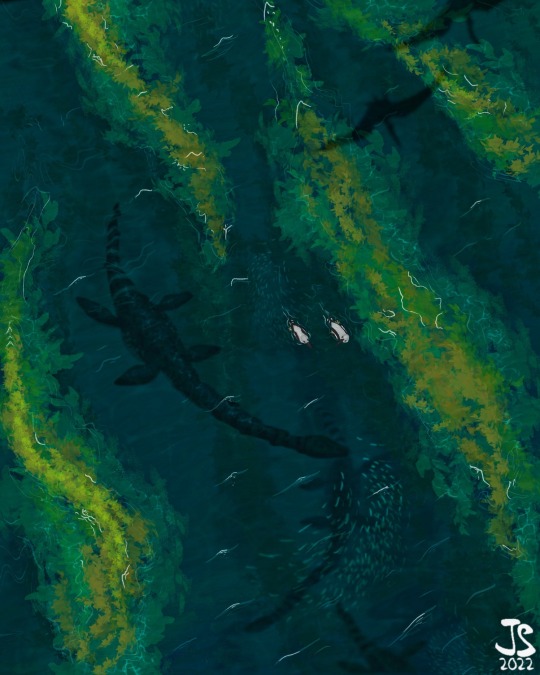
Feasting on the fish
#art#artists on tumblr#dinosaurs#paleoart#paleontology#artwork#digital art#paleoblr#prehistoric#mesozoic#paleoillustration#marine life#bird art#western interior seaway#plesiosaur
2K notes
·
View notes
Text

Paleovember 2023, Xiphactinus!
Also known as the X-fish or the Bulldog fish, Xiphactinus swam the Western Interior Seaway during the Late Cretaceous, and was probably one of the most terrifying fish to ever exist. Not only did it grow up to 20 feet long, it turns out to have an attitude as ugly as it's face; specimens have been found having choked to death on fish way too large for their gullets, and it's likely that their own kind would have been on the menu as well.
#Xiphactinus#western interior seaway#fish#sea monster#late cretaceous#mesozoic#bony fish#paleontology#paleoart#art challenge#animal#illustration#art#artwork#digitalart#creaturedesign#procreate#artist on tumblr
60 notes
·
View notes
Text
Tylosaurus proriger with company
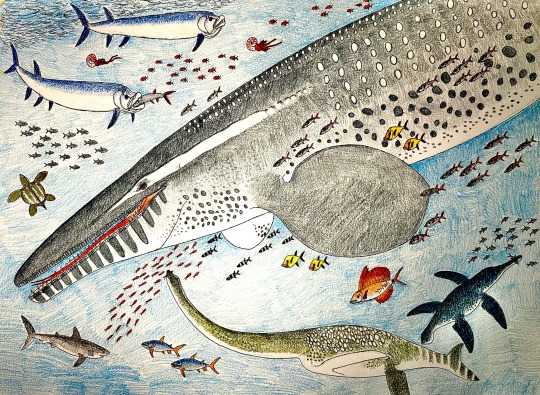
#paleoart#mosasaur#mosasaurs#mosasaurid#tylosaurus#niobrarachalk#late cretaceous#xiphactinus#dolicorhynchops#styxosaurus#protostega#western interior seaway#paleontology#paleontography
119 notes
·
View notes
Photo


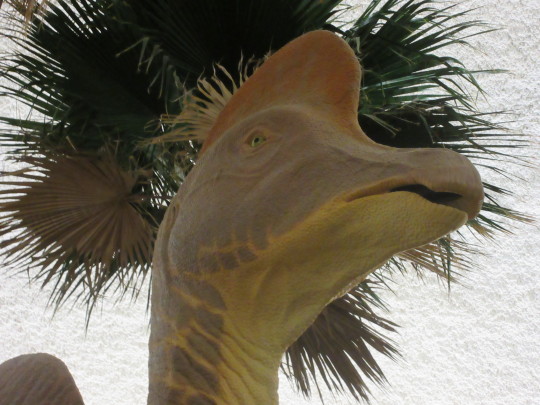


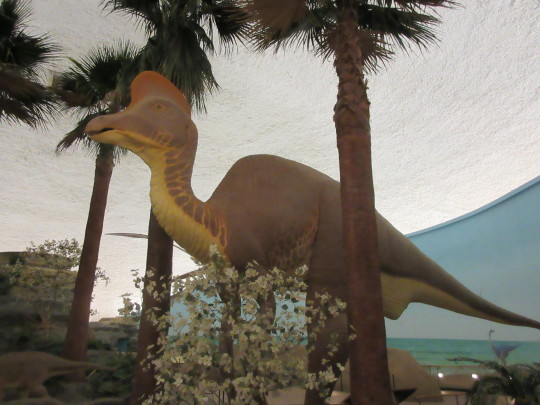

Dinosaurs on a Kansas Beach, Sternberg Museum of Natural History
#Sternberg Museum of Natural History#western interior seaway#cretaceous#tyrannosaurus rex#corythosaurus
11 notes
·
View notes
Photo
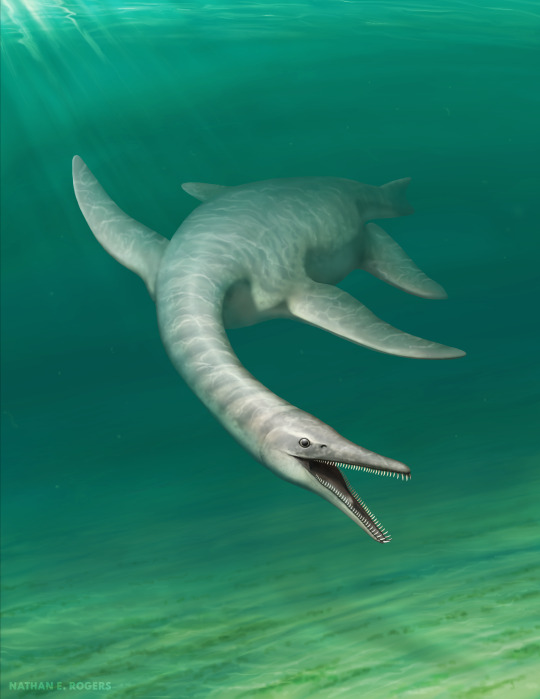
Serpentisuchops pfisterae
Late Cretaceous, North America
A new genus and species! I had the honor of illustrating this ancient marine reptile for the descriptive scientific paper "A long-snouted and long-necked polycotylid plesiosaur from the Late Cretaceous of North America" by Walter Scott Persons IV, Hallie P. Street, and Amanda Kelley, which is published in the journal iScience from Cell Press.
Read the paper at:
https://doi.org/10.1016/j.isci.2022.105033
#Serpentisuchops#pfisterae#polycotilid#plesiosaur#late cretaceous#western interior seaway#marine reptile#paleontology#paleoart#scientific illustration
138 notes
·
View notes
Text

Geosternbergia, alternatively pteranodon sternbergi.
Pterosaurs are funky.
9 notes
·
View notes
Text
Kansas: Fossils and History
Keltin is from Kansas and so we visit fairly frequently. I’ve fallen in love with exploring the Sunflower state and the interesting things in the states close to the southwest corner of Kansas. This whole Kansas series is going to be a bit nerdy. I mean nerdy as in history and fossils.
A bit of geologic history: Kansas was at one time part of an inland sea. There are some really cool fossils to…

View On WordPress
4 notes
·
View notes
Text
Western movie, but it takes place in the Western Interior Seaway.
#paleoblr#western interior seaway#we want a mosasaur-riding cowboy#bonus points if the cowboy is gay and falls in love with a pirate
1 note
·
View note
Text
HESPERORNIS? XIPHACTINUS?? MY FRIENDS AND COWORKERS HESPERORNIS AND XIPHACTINUS?
#WIS MOMENT WIS MOMENT#im watching#prehistoric planet#for context: my main mentor and professor is one of the pre-eminent western interior seaway paleontologists#who wrote multiple papers on hesperornis specifically#and i worked ~15 feet away from the semi famous fish within a fish fossil xiphactinus#so im very excited to see this#yes its late
11 notes
·
View notes
Text
Most animals and plants never fossilize. For those that do, it's usually only hard parts such as bones and shells that preserve. However, in some exceptional cases, soft tissues such as muscles and gills survive the fossilization process and can present a wealth of information about the biology and ecology of ancient organisms.
In a paper recently published in Palaeontologia Electronica, Dr. Adiel Klompmaker, University of Alabama Museums' curator of paleontology, and colleagues reported on a remarkable crab with multiple mineralized soft tissues preserved. This crab lived 75 million years ago during the Cretaceous in the area of present-day South Dakota in an ancient sea known as the Western Interior Seaway.
Continue Reading.
399 notes
·
View notes
Text

Sunset on the Western Interior Seaway
#art#artists on tumblr#dinosaurs#paleoart#paleontology#artwork#digital art#paleoblr#prehistoric#mesozoic#paleoillustration#western interior seaway#pterosaur#pteranodon#ocean art#sunset
725 notes
·
View notes
Text

Paleovember 2023, Dolichorhynchops!
This ten-foot long sea reptile is a member of a group of plesiosaurs called Polycotylids, animals that resembled the large, famous pliosaurs, but having more in common with elasmosaurs. It also inhabited the Western Interior Seaway, at the same time as creatures like Hesperornis, Xiphactinus, Elasmosaurs, Tylosaurus, and so forth. It was definitely lower on the hierarchy of sea monsters, given how relatively small it was, but it clearly made up for that by being fast and agile.
#Dolichorhynchops#plesiosaur#sea monster#sea reptile#western interior seaway#illustration#art#artwork#cartoon#drawing#characterart#paleoart#paleontology#prehistoric#procreate#artist on tumblr
25 notes
·
View notes
Text

While the most iconic types of plesiosaur were long-necked with small heads and short blunt snouts, some of these marine reptiles actually developed the opposite sort of arrangement, with groups like the polycotylids and the pliosaurs independently evolving short necks, larger heads, and long snouts.
…Except some of them didn't keep it quite that simple.
Serpentisuchops pfisterae here lived during the late Cretaceous, about 70 million years ago, in the ancient Western Interior Seaway covering what is now Wyoming, USA. This 7m long (~23') plesiosaur was a member of the polycotylid lineage, but along with a long slender snout it also had an unusually long neck.
Some earlier polycotylids like Thililua had fairly long necks, too, but all of Serpentisuchops' closest relatives were short-necked species, so it seems to have actually re-evolved this condition rather than inheriting it from its ancestors. Since no other marine reptiles in its habitat had this particular body plan, it was probably occupying a very specific ecological niche – the presence of attachment points for powerful neck muscles suggest it was able to swing its head sideways to snap its jaws at prey at high speed, with its longer neck giving it more reach than other polycotylids.
———
NixIllustration.com | Tumblr | Twitter | Patreon
#science illustration#paleontology#paleoart#palaeoblr#serpentisuchops#polycotylidae#plesiosauria#plesiosaur#sauropterygia#pantestudines#marine reptile#art#long snout? or long neck?#both both is good
414 notes
·
View notes
Text
MONDAY'S MOLLUSC: Parapuzosia
This is Parapuzosia seppenradensis, the largest known species of ammonite in the world.
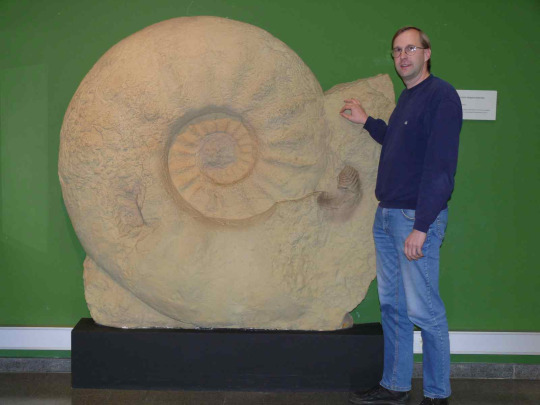
They are 1.8 m or 5.9 ft across and that that one wasn't even complete! The living chamber was missing a chunk so it's even bigger!
It lived during the Campanian Epoch of the Late Cretaceous Period in what is now Europe and North America where the Western Interior Seaway was located.
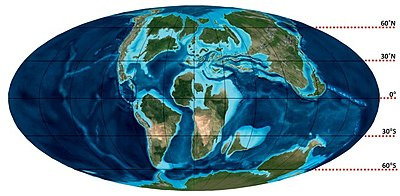
They were pelagic predators, probably feeding on fish,

squid,
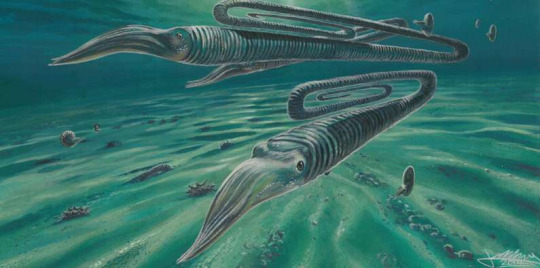
other ammonites,


and even marine reptiles if they could catch them
all while evading adult mosasaurs who definitely had them on the menu.
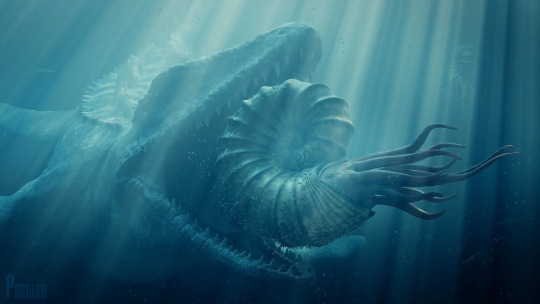
219 notes
·
View notes
Text
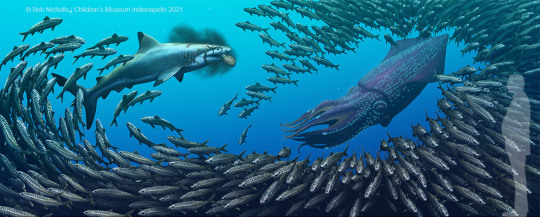
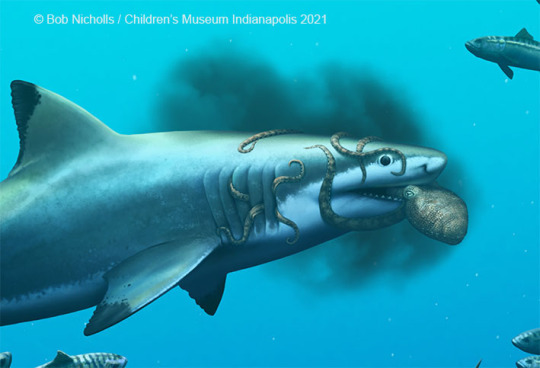


Today's random portfolio artwork post is a fishy mural I painted for The Children's Museum of Indianapolis (human shape added for scale). It's a Western Interior Seaway scene featuring Squalicorax (#shark), Tusoteuthis (#squid), an octopod (in the shark's mouth), and a school of Apsopelix #fish.
#Art#Painting#PaleoArt#PalaeoArt#SciArt#SciCom#DigitalArt#Illustration#Dinosaurs#Birds#Reptiles#Palaeontology#Paleontology#shark)#Tusoteuthis#squid)#fish#Squalicorax
195 notes
·
View notes
Text

Please follow all signs while visiting the Western Interior Seaway, all beaches are closed throughout August as it is Mosasaur season. Boat tours are available now!
315 notes
·
View notes